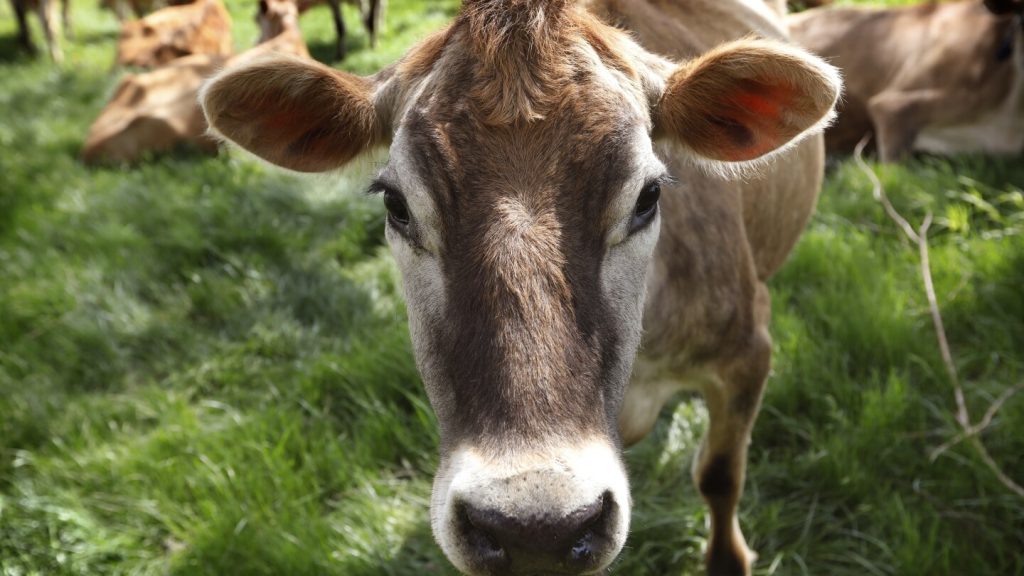The U.S. dairy industry is currently facing a bird flu outbreak, with cases reported at dozens of farms and the disease spreading to people. The egg industry has been cited as an example of how to slow the disease, but eradicating the virus has proven to be challenging. The outbreak, which began in February 2022, has led to the slaughter of nearly 100 million chickens and turkeys. Biosecurity efforts at farms and a coordinated approach between companies and agricultural officials have helped reduce the frequency of hot spots, but implementing similar safeguards in the dairy industry presents challenges due to the differences between the animals and the industries.
Bird flu, commonly spread by wild birds that can survive infections, has affected various mammals, including sea lions and skunks. While animals can be infected by eating an infected bird or by being exposed to environments where the virus is present, there are significant differences in how cows and chickens are impacted by the illness. Bird flu is typically fatal to chickens and turkeys within days of infection, leading to mass killings of birds. While some dairy farms have had to euthanize infected cows due to lingering symptoms and decreased milk production, it appears that bird flu is not usually fatal to cows. However, infected cows may be more vulnerable to other ailments typically found in dairies.
The egg industry has implemented stringent biosecurity measures to protect chickens from disease, including requiring workers to shower and change into clean clothes before entering barns, as well as installing special fencing to discourage wild birds. These efforts have been effective in preventing disease spread, but maintaining such vigilance is challenging. While broiler chickens have also been infected with bird flu, cases are less common due to their shorter lifespan. Dairies can reduce disease spread by limiting access to barns and implementing protective measures for workers, but the nature of working with large animals makes it difficult to maintain strict biosecurity measures.
The U.S. Department of Agriculture is set to begin testing a vaccine that could be given to calves to offer protection against bird flu and reduce the risk of worker illnesses. The egg industry is hopeful that researchers can develop vaccines for poultry that are quick, inexpensive, and effective. Efforts to develop vaccines have become more crucial now that the disease has spread to dairy cows and a few people. Establishing more formal and well-funded research organizations in the dairy industry could help respond more quickly to outbreaks like bird flu or prevent them altogether. Limiting the movement of lactating cows between states could also help reduce disease spread in the dairy industry.


